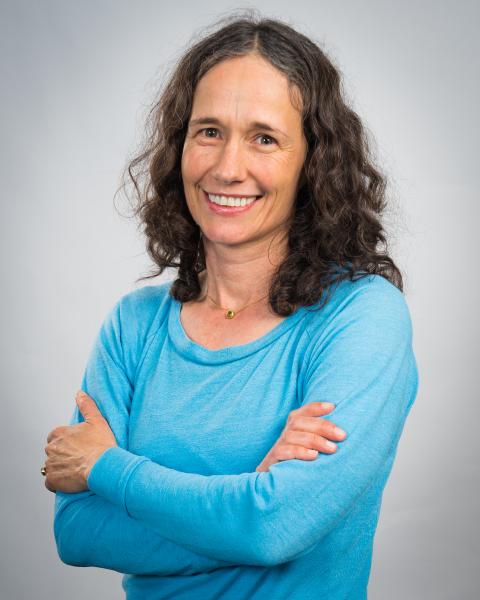Stars in the Shadows: Unpacking Socioeconomic Disparities in Scientific Recognition

Overview: In the paper titled, “Inequality in Science: Who Becomes a Star?,” NYU Stern Professor Petra Moser and co-author Anna Airoldi investigate how a person’s socioeconomic status (SES) during childhood can influence their chances to participate and be successful in science, known as becoming a “star” scientist. The term “star” is used for those scientists recognized by their peers for their contributions to the field according to the 1921 American Men of Science biographical dictionary.
Why study this now: Since the 1960s, improvements in talent allocation, particularly from women and Black men, have contributed significantly (between 20-40%) to productivity growth. However, children from low-income backgrounds remain underrepresented among inventors, PhD recipients, professors, and in creative roles. In contrast, children of professionals (like attorneys and physicians) dominate the field.
What the authors found: Using machine-learning algorithms to link scientists with their childhood home in the US Census, the researchers found that:
- Children from low-SES homes were already severely underrepresented in the early 1900s
- Scientists from high-SES families have 38% higher odds of becoming stars, controlling for age, publications, and disciplines
- SES also influences peer recognition in science
- Having a college degree explains the correlation between SES and stardom more than any other factor, yet even controlling for degrees, high-SES scientists have 43.3% higher odds of becoming stars, and those from families with household staff have 58.1% higher odds.
What does this change: This paper contributes to other research analyzing intergenerational upward mobility. “Overall, the research highlights deep-rooted inequalities in scientific recognition based on childhood SES,” say the authors, “and underscores the importance of addressing these disparities to foster a more inclusive scientific community.”
Key insight: “These findings emphasize the importance of SES and indicate that a person’s class may unduly influence how we perceive their work.”
